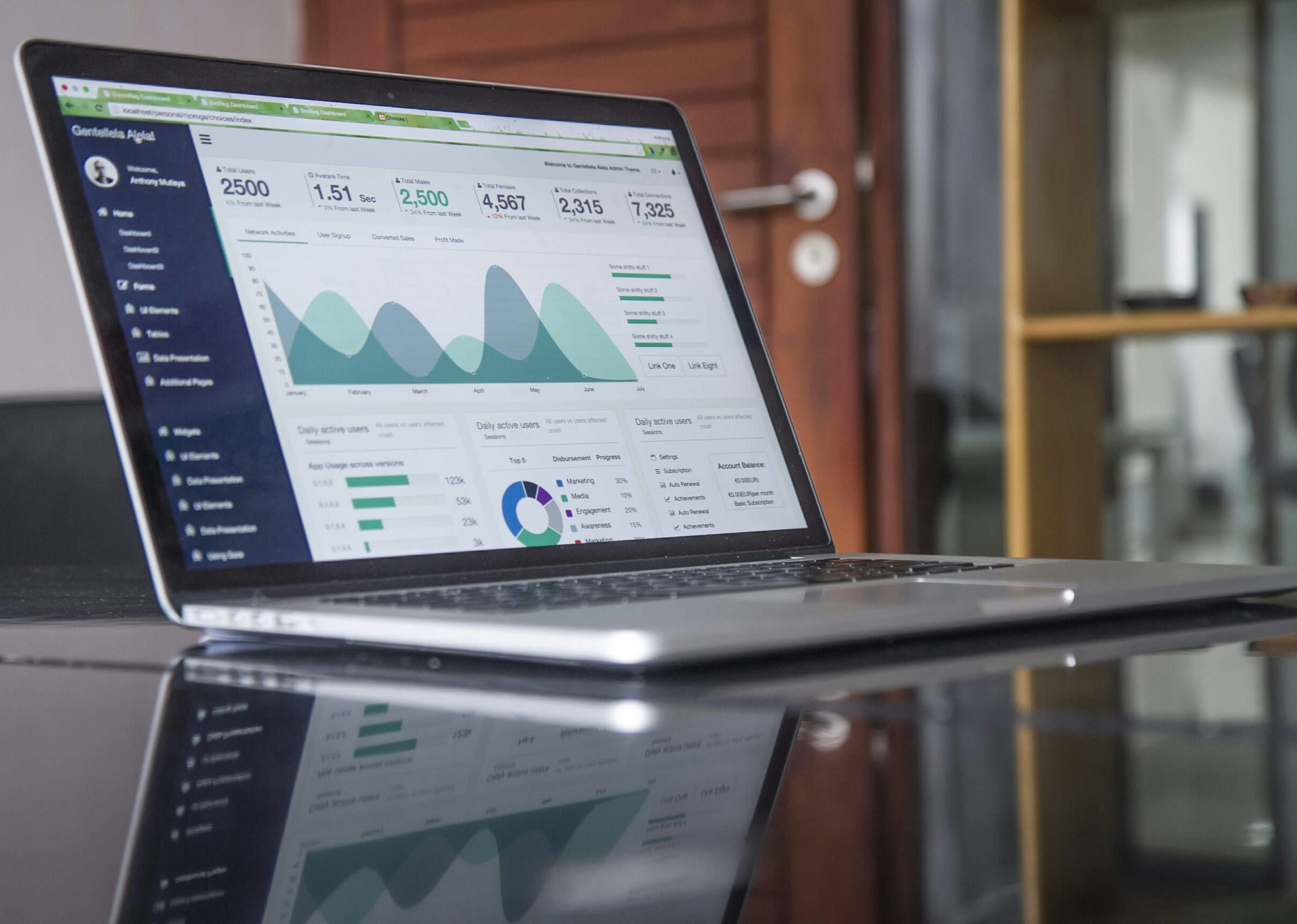Explore Essential Software Solutions for Modern Businesses
Discover how software tools like help desk systems, ERP platforms, marketing automation, and secure virtual data rooms support small business operations. Learn about features, benefits, and common use cases to make informed decisions without exaggeration or misleading promises.

What does help desk software typically include for small businesses?
Help desk software is crucial for businesses looking to provide efficient customer support. For small businesses, these solutions typically include several key features:
Ticketing systems: The core of help desk software, ticketing allows businesses to organize and track customer inquiries from various channels. It ensures that no customer request falls through the cracks and enables proper prioritization of issues.
Multichannel support: Modern help desk solutions integrate multiple communication channels, including email, phone, chat, and social media. This integration allows businesses to manage all customer interactions from a single platform, providing a unified view of customer communications.
Automation: To improve efficiency, help desk software often includes automation features. These can include automatic ticket routing, pre-written responses for common queries, and escalation rules for time-sensitive issues.
Reporting and analytics: Comprehensive reporting tools help businesses track key performance indicators (KPIs) such as response times, resolution rates, and customer satisfaction scores. These insights enable companies to identify areas for improvement and make data-driven decisions.
How do marketing automation platforms streamline business operations?
Marketing automation platforms have become indispensable tools for businesses looking to enhance their marketing efforts. These platforms offer a range of features that streamline operations and improve results:
Personalized campaigns: Marketing automation tools allow businesses to create highly targeted campaigns based on customer data, behavior, and preferences. This personalization leads to more engaging and effective marketing efforts.
Workflow automation: By automating repetitive tasks such as email sends, social media posts, and lead nurturing sequences, marketing teams can focus on strategy and creative work rather than manual processes.
Lead scoring and management: These platforms often include features for scoring and qualifying leads based on their interactions with your brand. This helps sales teams prioritize their efforts and focus on the most promising prospects.
Analytics and ROI tracking: Comprehensive analytics tools enable businesses to measure the success of their marketing campaigns and calculate return on investment (ROI). This data-driven approach allows for continuous optimization of marketing strategies.
What modules are typically included in ERP software systems?
Enterprise Resource Planning (ERP) software is designed to integrate various business processes into a unified system. Common modules found in ERP solutions include:
Finance and accounting: This core module manages financial transactions, general ledger, accounts payable and receivable, and financial reporting.
Human resources: HR modules handle employee data, payroll, time tracking, and performance management.
Supply chain management: This component oversees inventory, procurement, and logistics, helping businesses optimize their supply chain operations.
Order management: ERP systems often include features for processing and tracking customer orders from initial quote to final delivery.
Project management: Many ERP solutions offer tools for planning, executing, and monitoring projects across the organization.
Manufacturing: For businesses involved in production, manufacturing modules help manage production planning, scheduling, and quality control.
How do virtual data rooms support secure document sharing and collaboration?
Virtual data rooms (VDRs) have become essential tools for businesses dealing with sensitive information, particularly during mergers and acquisitions, due diligence processes, and other confidential transactions. Key features of VDRs include:
Secure document storage: VDRs provide a highly secure environment for storing and sharing confidential documents, with encryption and access controls to protect sensitive information.
Granular permission settings: Administrators can set precise access levels for different users or groups, ensuring that individuals only see the documents they are authorized to view.
Audit trails and reporting: Comprehensive logging and reporting features allow businesses to track who has accessed documents, when they were viewed, and what actions were taken.
Collaboration tools: Many VDRs include features for commenting, annotating, and discussing documents within the secure environment, facilitating collaboration among authorized parties.
Integration capabilities: Virtual data rooms often integrate with other business software, such as document management systems and customer relationship management (CRM) tools, streamlining workflows and enhancing productivity.
What are the cost considerations for essential business software?
When considering essential business software, it’s important to understand the potential costs involved. Pricing models can vary significantly depending on the type of software, vendor, and specific features required.
| Software Type | Typical Pricing Model | Estimated Cost Range (Monthly) |
|---|---|---|
| Help Desk | Per agent/user | $20 - $150 per user |
| Marketing Automation | Tiered plans | $200 - $3000+ |
| ERP Systems | Per user or module | $150 - $750+ per user |
| Virtual Data Rooms | Storage-based or flat fee | $100 - $1000+ |
Prices, rates, or cost estimates mentioned in this article are based on the latest available information but may change over time. Independent research is advised before making financial decisions.
It’s important to note that many software providers offer customized pricing based on specific business needs, number of users, and required features. Additionally, some vendors provide discounts for annual subscriptions or long-term commitments.
When evaluating software solutions, businesses should consider not only the upfront costs but also potential long-term savings in terms of improved efficiency, productivity gains, and reduced manual labor. Many providers offer free trials or demos, which can be valuable in assessing the software’s fit for your organization before making a financial commitment.
In conclusion, modern businesses have access to a wide array of software solutions designed to enhance various aspects of their operations. From streamlining customer support with help desk software to securing sensitive documents in virtual data rooms, these tools can significantly impact a company’s efficiency and competitiveness. By carefully evaluating their needs and exploring the available options, businesses can select the right combination of software solutions to drive growth and success in today’s digital landscape.




